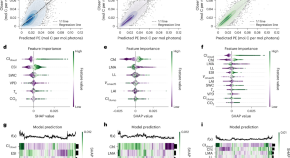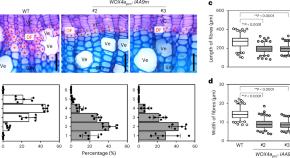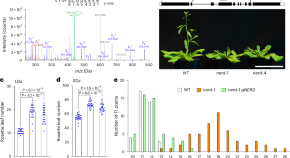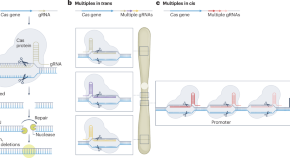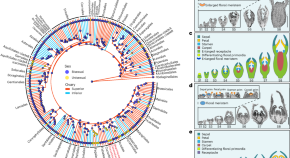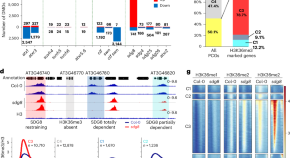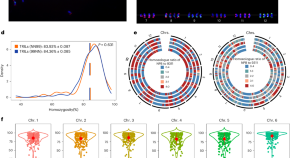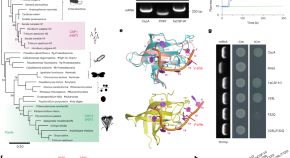Featured
Advertisement

Diffusion barriers in plants
This collection summarizes recent research progress in the biogenesis of plant diffusion barriers such as the Casparian strip, suberin lamellae or the root exodermis.
Trending - Altmetric
-
Tropical tree species differ in damage and mortality from lightning
-
Co-option and neofunctionalization of stomatal executors for defence against herbivores in Brassicales
-
Mechanical interactions between tissue layers underlie plant morphogenesis
-
The dynamic and diverse nature of parenchyma cells in the Arabidopsis root during secondary growth


